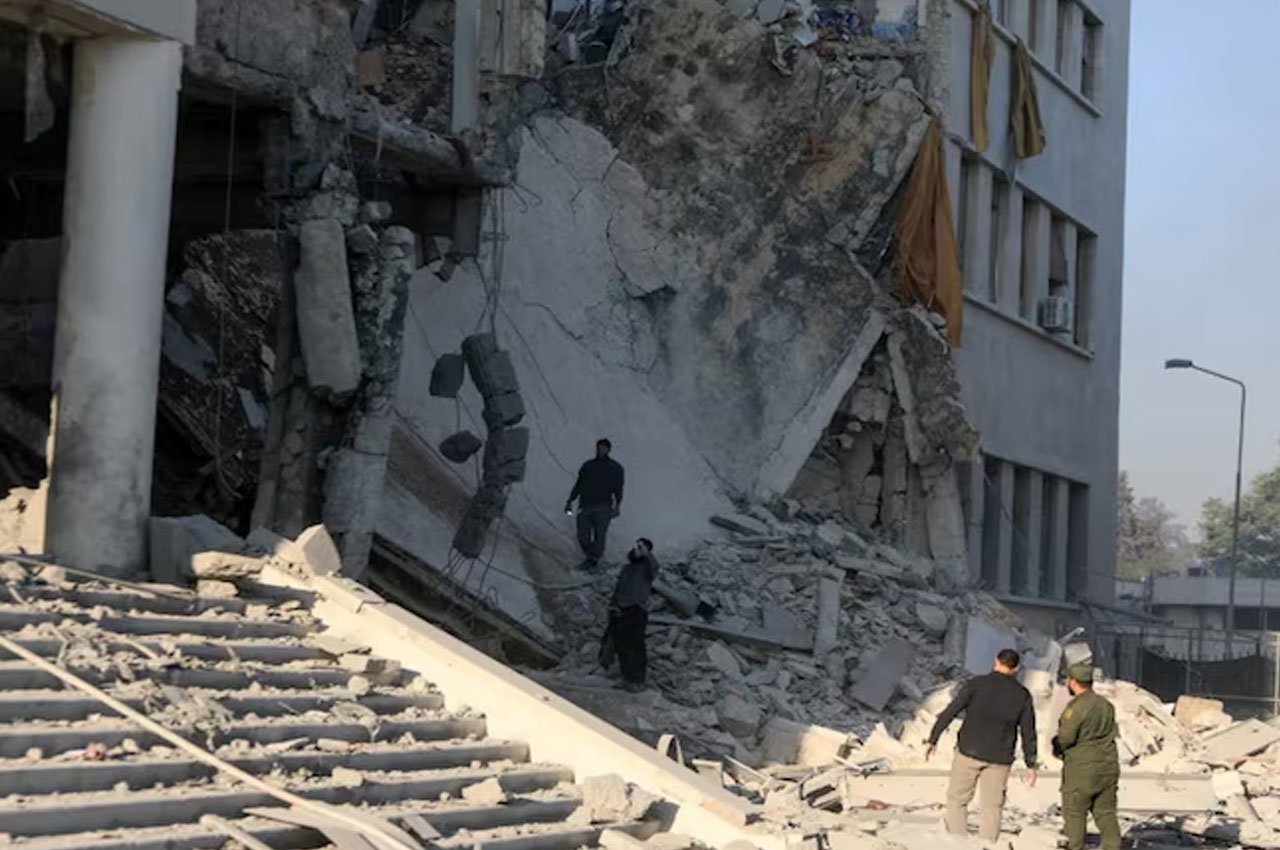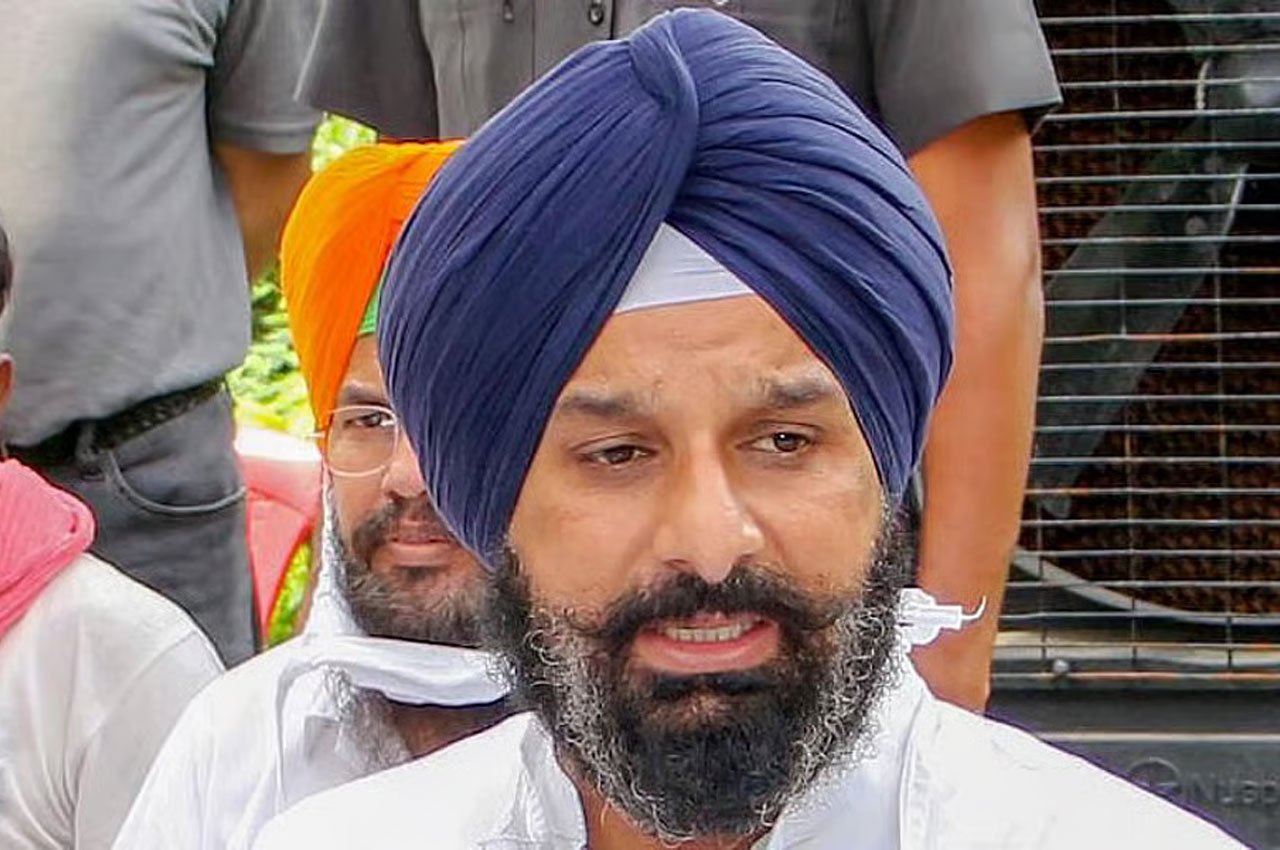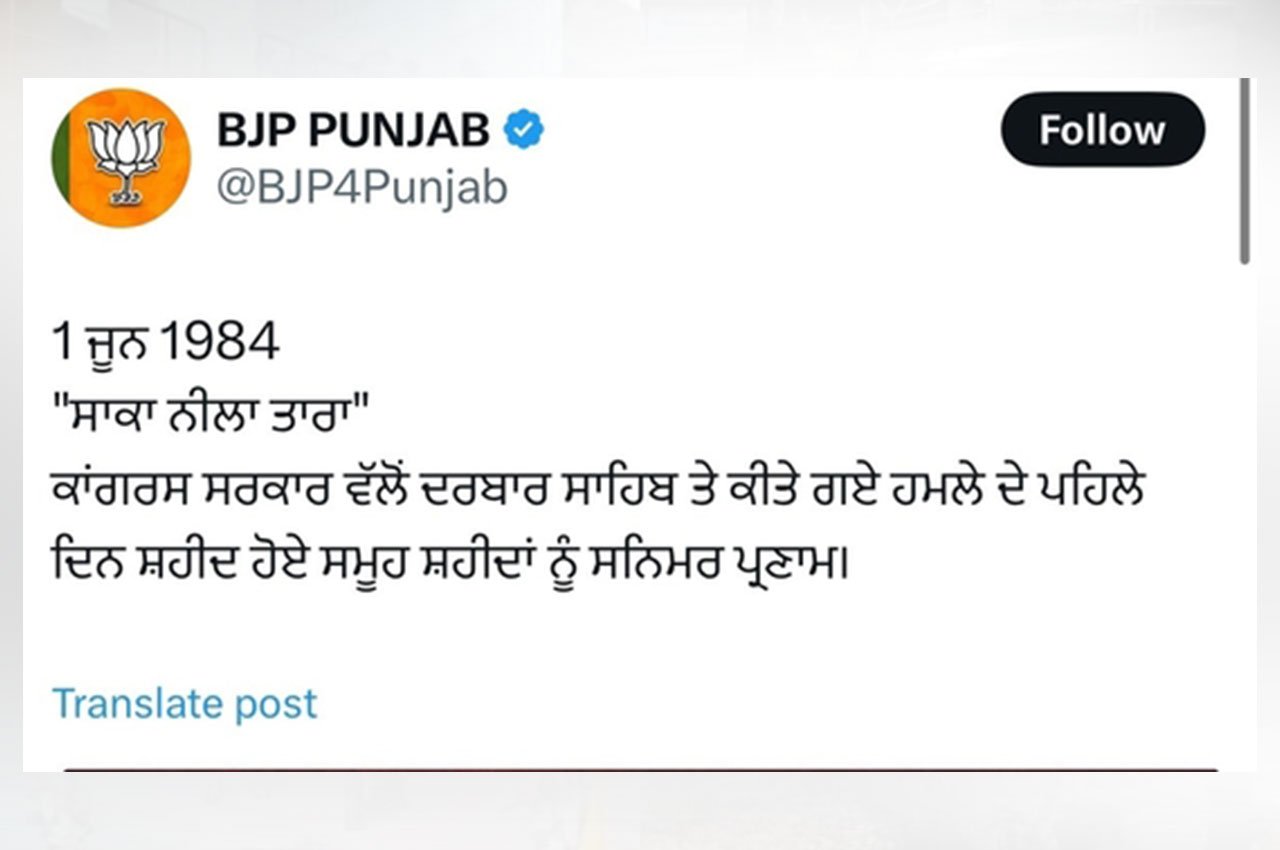As Israeli strikes continue in Damascus and Sweida, Druze community leaders in southern Syria have stepped in to broker a new ceasefire, seeking to prevent further bloodshed in a region increasingly caught in the crossfire of larger geopolitical tensions. The announcement came after weeks of intensified clashes and Israeli air raids that have rattled both the Syrian regime and its regional allies.
This recent ceasefire, spearheaded by local Druze religious and civil figures, follows the worst wave of violence in Sweida in over a decade. The historically autonomous Druze minority had largely stayed neutral during Syria’s long-running civil war, but rising economic hardship and growing dissatisfaction with President Bashar al-Assad’s regime have stirred unrest in recent months. Israeli air operations, aimed at Iranian-linked targets, have only added to the volatility in the region.
The fragile agreement, according to local sources, was reached between community leaders and government forces following the deaths of several fighters and civilians over the past two weeks. The ceasefire aims to de-escalate tensions between opposition groups and Syrian military units, particularly in Sweida, while also halting reprisal raids that have left families displaced and homes destroyed.
Despite the ceasefire deal, Israel’s military campaign continues unabated. In recent days, airstrikes have targeted military installations and warehouses allegedly used by Iranian operatives and Hezbollah in the heart of Damascus. Israeli officials have justified the raids as preemptive strikes to neutralize threats emanating from Syria, which they claim is becoming an operational hub for Iranian-sponsored activity.
These developments place Syria in an increasingly dangerous bind. The country is already reeling from years of war, sanctions, and a collapsed economy. With renewed confrontations in the south and ongoing Israeli incursions in the west, the internal fabric of Syria appears to be unraveling once again.
In Sweida, where the Druze population forms the majority, frustration over poverty, lack of services, and political marginalization has led to sporadic demonstrations over the past year. Armed clashes in the region, though initially sporadic, escalated recently when local militias and youth groups began resisting regime-backed factions. The ceasefire is being viewed by many residents as a last-ditch effort to prevent civil strife from turning into full-scale conflict.
While the agreement has led to a temporary halt in fighting, residents remain skeptical. Many fear that without a genuine political solution or international mediation, the ceasefire may not hold for long. Previous attempts to broker peace in Syria’s restive regions have collapsed under the weight of mutual mistrust and external interference.
Adding to the uncertainty is the continued presence of Iranian-backed forces in and around Damascus, making the area a persistent target for Israeli strikes. Analysts warn that unless there is a clear diplomatic initiative involving regional and international stakeholders, both the ceasefire in Sweida and overall stability in Syria will remain at risk.
For now, the people of Sweida wait anxiously—hopeful that their leaders’ efforts at negotiation will buy them some relief, yet fearful that the next airstrike or skirmish could undo everything. The new ceasefire may be a step toward peace, but in the context of ongoing Israeli attacks in Syria, it’s a fragile hope balanced on the edge of wider conflict.
For more spotlight stories click here
Follow us for latest updates:




